How To Measure Box Dimension
How to measure the required box dimensions of your preferred box style.
How To Measure Box Dimension
DIM Weight Packaging – Right-Sized Custom Boxes to Cut Shipping Costs
Stop overpaying for air. Our DIM (dimensional weight) packaging service designs right-sized custom boxes and inserts that shrink parcel volume, beat carrier surcharges, and protect products in transit. From DTC mailers to retail shipper cartons, Hola Custom Boxes engineers dielines that reduce volumetric weight, packing time, and damages—without compromising unboxing.
Why Choose DIM-Optimized Packaging
• Lower shipping spend — reduce billable cubic inches and avoid oversize fees.
• Right-size engineering — custom dielines tuned to your SKU set and pick/pack flow.
• Protection without bulk — smart inserts (paperboard, molded pulp) replace excess void-fill.
• Faster fulfillment — easy-load structures, fewer filler steps, clearer pack-out.
• Brand-forward — keep the premium look with interior print and finishes.
• Eco gains — less material, fewer trucks, smaller footprint.
Best Uses
• DTC subscriptions & e-commerce → Custom Mailer Boxes
• Wholesale/master cases → Custom Printed Corrugated Boxes
• Retail cartons for shelf + ship → Custom Printed Product Packaging Boxes
• Lightweight eco builds → Eco-Friendly Boxes
• POP shippers & trays → Custom Display Packaging Boxes
What’s Included in Our DIM Program
• SKU audit & pack-out mapping — choose the fewest box sizes that cover your catalog.
• Dieline right-sizing — reduce L×W×H while keeping crush strength.
• Insert redesign — swap foam/bubble for die-cut paperboard or molded pulp.
• Carrier rules consideration — plan around common DIM thresholds and girth caps.
• Test runs — sample pack-outs and drop tests before you scale.
Popular DIM-Optimized Structures
• Roll End Lock Front (RELF) / Literature Mailers — low void, fast set-up → see Custom Mailer Boxes
• Tuck-Top Mailers with Tear/Return Strips — hassle-free returns (smaller re-ship size)
• Tray & Sleeve (Drawer) Kitting — dense layout with premium reveal → Custom Tray and Sleeve Boxes
• Slim Retail Cartons (STE/RTE) — reduce depth and void → Straight Tuck End · Reverse Tuck End
Inserts & Protection
• Die-cut paperboard cradles (plastic-free), molded pulp, or precision foam where required.
• Layered kitting to stack SKUs vertically and minimize footprint.
• Cable/leaflet wells and divider tabs to prevent rattle.
Materials & Printing
• Boards: E-flute for mailers; B/BC for outers; SBS/C1S for retail cartons; kraft/recycled options.
• Printing: CMYK + Pantone; inside/outside print; white ink on kraft.
• Finishes: Aqueous matte/gloss (ship-safe), soft-touch, spot UV; foil and emboss/deboss for premium lines.
• Functionals: Peel-&-seal tapes, tear/return strips, scan-friendly label zones.
Sustainability Options
Less air shipped = fewer emissions. Pair right-sized dielines with recycled boards, soy inks, aqueous coatings, plastic-free windows, and molded-pulp inserts.
Explore → Eco-Friendly Boxes
Related Products
• Category hub for outers → Custom Printed Corrugated Boxes
• Inner retail cartons → Custom Printed Product Packaging Boxes
• Campaign overlays → Custom Sleeve Boxes
• Labels & seals → Custom Product Labels (Bottle Labels)
How to Order / Engage the DIM Program
-
Request a Free Quote — share current box sizes, top SKUs, damage/return notes, and carrier mix.
-
Receive a DIM plan — shortlist of optimized sizes, insert concepts, and projected savings.
-
Approve Free Proofs — dielines + 3D mockups; pilot pack-outs verified.
-
Production & QC — compression and edge-crush checks; color-true print.
-
Delivery — free USA shipping; international options available.
FAQs – DIM (Dimensional Weight) Packaging
Q: What is DIM weight?
A: Carriers may bill parcels by volumetric size when it exceeds actual weight. Right-sizing reduces the billable cube.
Q: How fast can I see savings?
A: Many clients see immediate reductions once smaller cartons/inserts roll into fulfillment.
Q: Will smaller boxes increase damages?
A: We redesign inserts and support points to maintain or improve protection before scaling.
Q: Can you match my brand finishes on shipper boxes?
A: Yes—inside print, spot graphics, and foils are available even on corrugate.
Q: What’s the MOQ?
A: 100 units per size/style (prototypes available).
Q: Do you help with returns packaging?
A: Yes—tear/return strips and right-sized re-ship mailers reduce reverse-logistics cost.
Ship smarter—not air. Cut freight spend and elevate unboxing with DIM-optimized packaging engineered by Hola Custom Boxes.
Get your free DIM review & quote

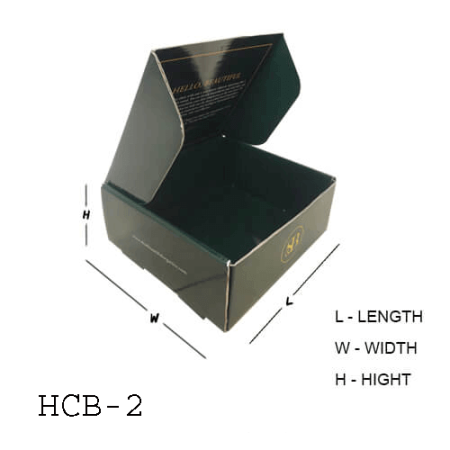
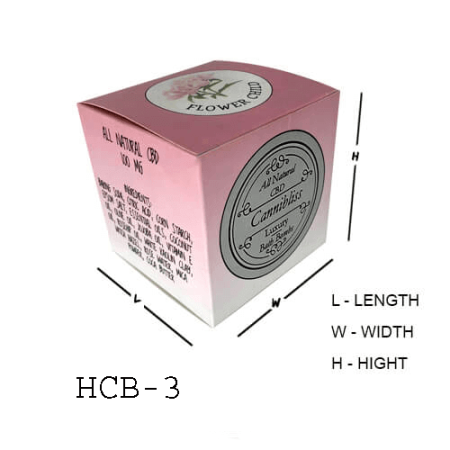

.jpeg)
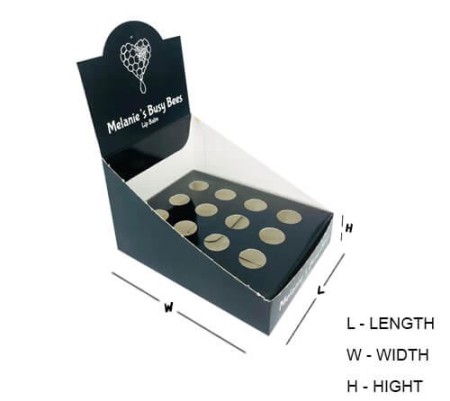
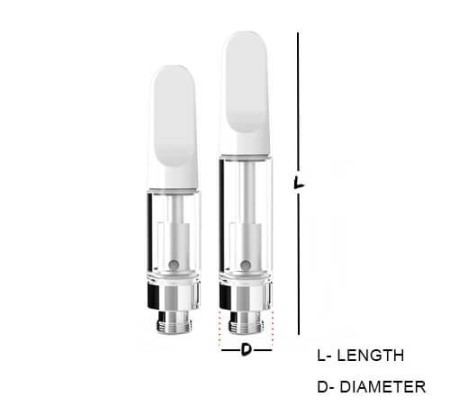
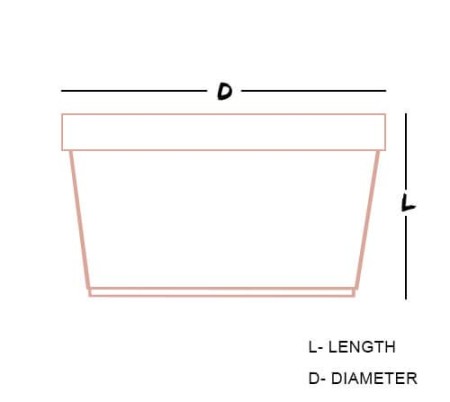
.jpeg)